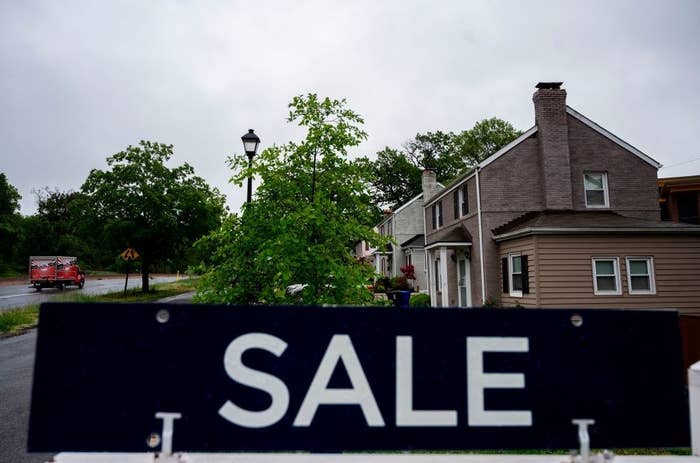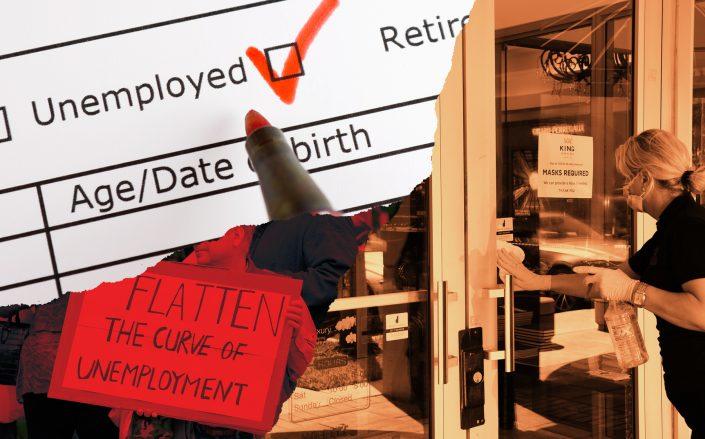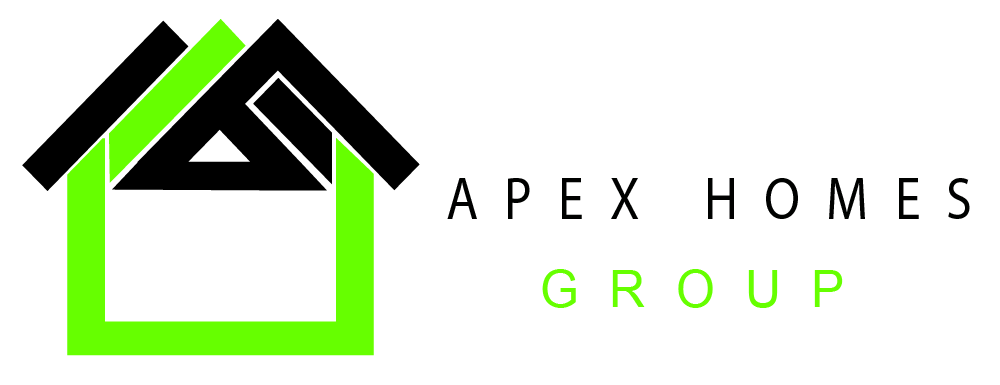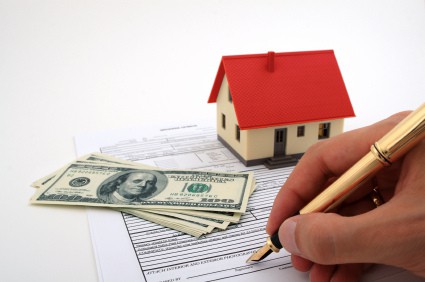Forty-two million people have filed for unemployment. But last week applications for mortgages on new homes were up 17.5% compared to a year ago.
It’s a hard concept to reconcile as millions of people file for unemployment every week and protests and riots have erupted around the country after the death of George Floyd, but people are still buying houses during the worst economic crisis since the Great Depression — lots of houses, and more expensive than before.
Mortgage applications are up significantly over the same period last year, as is the average loan size, according to data from the Mortgage Bankers Association. The incongruously fast rebound of the housing market amid broad economic turmoil suggests that while home purchases are typically seen as an indicator of economic health, the numbers are becoming a more narrow bellwether for the state of America’s professional class.

“These are households that did not have the same kind of employment or income interruption as a lot of the population,” said Joel Kan, the MBA’s Associate Vice President of Economic and Industry Forecasting. “These folks are able to work remotely, who are still getting paid.”
Mortgage applications for a home purchase rose 17.5% in the week ending May 29 compared to the same week a year ago. The average loan size on these applications rose by 3.9% to $342,900. It’s not merely a blip — applications were up 8.7% in the previous week.
The boost is largely a result of tight housing supply and pent-up demand from buyers who held off on purchasing a home in April when real estate activity fell off a cliff and are eager to take advantage of record-low interest rates, housing analysts told BuzzFeed News. The average rate for a 30-year fixed mortgage is now about 3.45%, and the market now contains many first-time buyers, including millennials, said Selma Hepp, the deputy chief economist at CoreLogic.
Those who had less stable employment and lower wages before the pandemic, meanwhile, seem further away from homeownership than ever. Unemployment figures from the Bureau of Labor Statistics showed that joblessness for women, people of color, and less-educated workers was higher than the overall 14.7% unemployment rate in April. “The people who lost their jobs, on an income spectrum, they were not likely to be potential homebuyers because service workers generally have lower wages and are more likely to be renters,” said Hepp.

And it’s not just that a growing share of the country cannot take advantage of today’s low mortgage rates and an expected dip in home prices in the coming year. Existing homeowners, who’ve benefited from a decade of booming home prices, are huge beneficiaries of today’s lower interest rates, which allow them to refinance mortgages for even lower monthly payments. Mortgage refinance applications last week were up 137% from a year ago, according to the MBA.
This same divergence in fortunes was prevalent after the Great Recession: Banks made loans much harder to get and the wealth gap widened, even as home prices slumped and the government pumped money into the system to keep banks lending.
Expect a similar split in the wake of the current crisis. Homeownership rates for most racial groups held steady or increased over the last decade, but the rate dropped for blacks, especially young adults, according to the nonprofit Population Reference Bureau. “With higher incomes, white families are able to purchase homes an average of eight years earlier compared with black families, generating more equity and potential for growth in assets,” according to a PRB report.
“The ultimate rub in situations like these is those who are impacted the most can’t take advantage of an incredible boom in affordability,” said Skylar Olsen, senior principal economist at Zillow. “They can’t buy during a crisis and they can’t ride the improvement out the other side.”
Source: https://www.buzzfeednews.com/article/venessawong/housing-boom-economic-crisis

